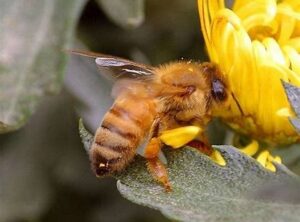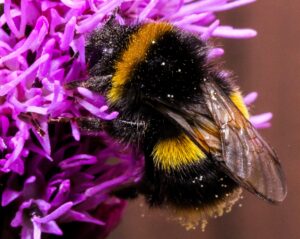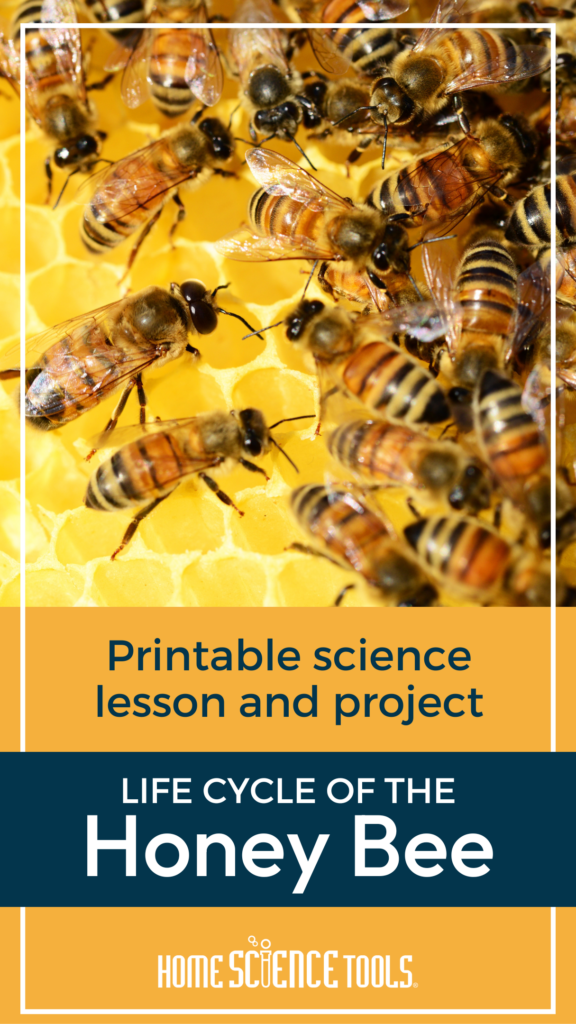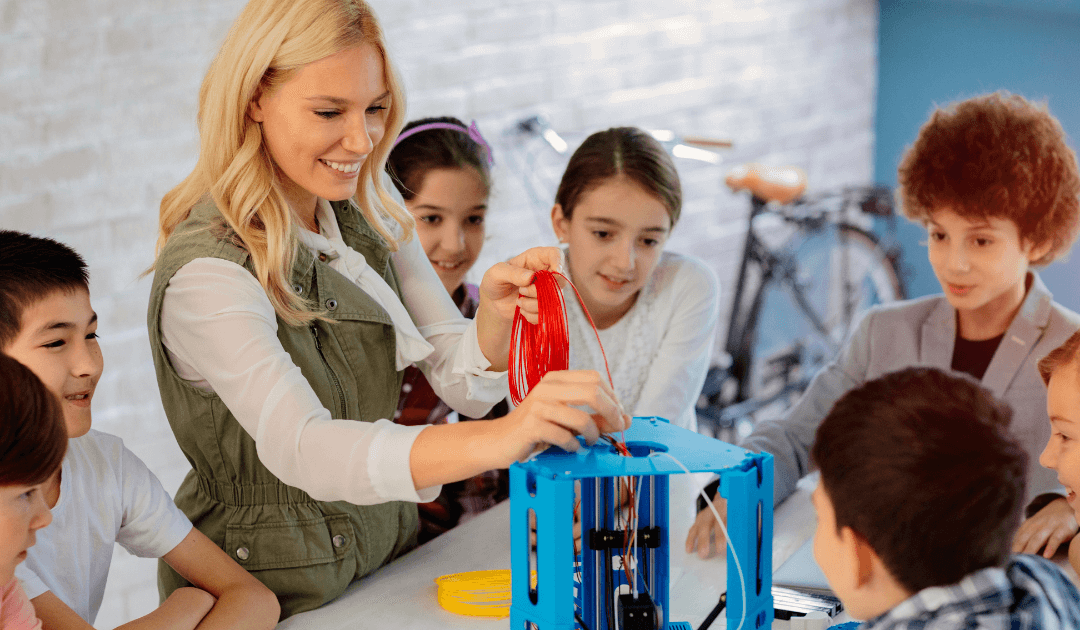Why Honey Bees are Important
The honey bee is one of the most important pollinators in the world. In this article, we will discover the lifecycle of a Honey Bee. Pollination is how plants reproduce. Honey bees take pollen grains from a flower’s anther to another flower’s stigma. According to the American Beekeeping Federation, roughly one-third of the food we eat is the result of pollination from honey bees. These include delicious fruits and vegetables like cucumbers, cherries, pears, apples, carrots, avocados, and onions. Although honey bees represent only a tiny fraction of bee species, no other insect produces food that we eat.
Worldwide, humans eat 1.5 million tons of honey each year. People also eat honey comb and royal jelly in much smaller quantities. Honey has an impressive nutritional profile. Although it’s mostly sugar, it contains many amino acids, vitamins, minerals and enzymes, too. It’s the only food that contains “pinocembrin”, an antioxidant that may boost brain power.
Honey also can slow the growth of bacteria, some fungi and viruses, which is why your mother recommends adding it to hot tea when you’ve got a sore throat!

How Do Bees Make Honey?
Bees make honey through teamwork.
They make honey, not for us to eat, but for themselves.
Here’s how they do it.

A worker bee leaves the hive to search for nectar.
When she (worker bees are always female) finds some in a flower, she uses her tongue or straw-like proboscis to suck it out.
The bee will either eat the nectar or store it in her second stomach—the honey stomach.
Here, the nectar is protected from digestion. This stomach is a convenient way for the bee to carry nectar back to the hive.
Once her honey stomach is full, the bee returns to the hive.
Inside, she transfers the stored nectar to another worker by regurgitation.
The nectar is then passed along, in an assembly line, to other worker bees.
Each bee adds enzymes to the nectar which breaks down the sugar and removes water.
When the water content is low enough, the last worker bee will empty the nectar into a cell in the hive made of honeycomb.
The bees will then fan it with their wings until more water evaporates.
During this process, the sugars thicken and the nectar begins to look like honey.
As soon as the cell is full, the bees seal it with wax. Safely stored, the honey can be eaten later—even many years later.
(Honey is the only food in the world that doesn’t spoil.)
Bees tend to make more honey than is necessary for their survival; 2-3X as much.
Thankfully, we get enjoy their leftovers!
Honey Bees vs Bumble Bees
As we’ve already learned, only honey bees make honey. But we may not always differentiate between honey bees and other bees. The Bumble Bee is a common sight in North America. Like honey bees, they’re important pollinators, particularly for tomato and eggplant crops. However, their appearance and behavior are distinct.
Shape

Honey bees have an oval, classic “bee” shape.
Bumble Bees have round, thick, furry bodies.
Color
Honey bees are yellow with brown stripes.
Bumble bees are black with yellow stripes.
Length
Honey bees average one-half inch in length as adults.
Bumble bees average one inch in length as adults.
Home
Honey bees build hives in trees or man-made structures like walls.
Bumble bees build nests in the ground, in trees, and in homes!
How You Can Help Honey Bees
In the lifecycle of a honey bee, they are attracted to gardens and lawns that provide them with nectar.
You can provide them with food by planting nectar-rich flowers, plants, and trees.
Whenever possible, try to avoid using synthetic pesticides.
Flowers:
Lavender, Sunflower, Marigold, Poppy, and Crocus.
Plants:
Ivy (all varieties), Sage, Mint, Chives, and Borage.
Trees:
Apple, Lime, Maple, Oak, and Magnolia.
Honey bees also love dandelions and clover, two weeds that most of us would rather not see on our lawns!
Download our Lifecycle of a Honey Bee worksheet and see the four stages of this amazing insect’s development.
More Life Science
• Life Cycle of a Frog
• Life Cycle of a Chicken
• Life Cycle of a Ladybug
• Life Cycle of a Butterfly







